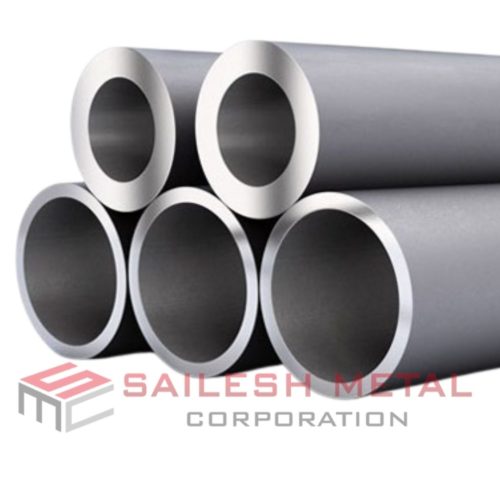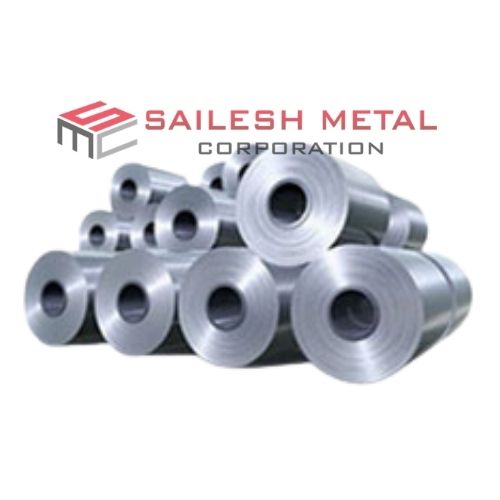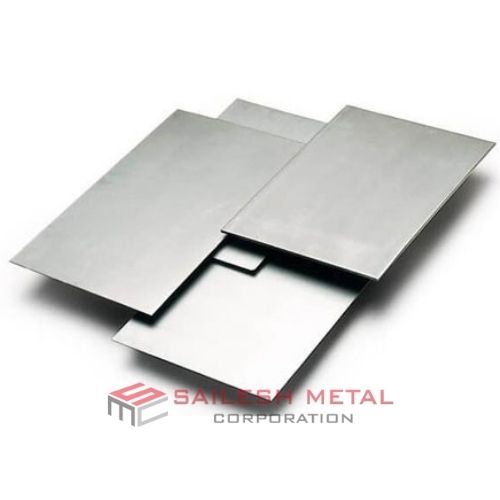VDM Alloys 22
Supplier, Manufacturer & Distributor in India.
VDM Alloy 22 is a nickel-chromium-molybdenum alloy with tungsten and extremely low carbon and silicon content.
VDM Alloy 22 is characterized by:
- Extraordinary resistance across a wide range of corrosive media under oxidizing and reducing conditions
- Particularly high resistance to the crevice, pitting, and stress corrosion shrink, opening angles of 60 to 70°.
VDM Alloys 22

VDm Alloys 22 Supplier

VDM Alloys 22 Distributor

Designations
| Standard | Material Designation |
| EN | 2.4602 – NiCr21Mo14W |
| ISO | NiCr21Mo14W3 |
| UNS | N06022 |
Standards
| Product form | ASTM | ASME | DIN | ISO | NACE | Sonstige |
| Sheet, plate | B575 | SB575 | 17750 17744 | 6208 9722 | MR 0103/ISO 17945
MR 0175/ISO 15156 |
VdTÜV 479 |
| Strip | B575 | SB575 | 17744 | 18274 6208 | MR 0175/ISO 15156 | VdTÜV 479 |
| Rod, bar | B574
B564 |
SB574
SB564 |
17744
17752 |
MR 0175/ISO 15156 MR 0103/ISO 17945 | ||
| Wire | 17744 | DIN EN ISO 18274 |
Fabrication & Heat Treatment
VDM Alloy 22 can be easily formed both hot and cold and can also be machined

